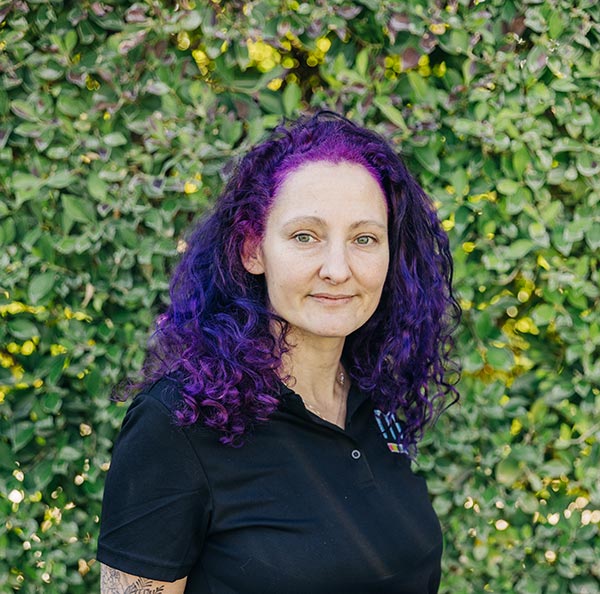The faster we can tell students something about what they are doing, the better for their learning loop.
Whether we are looking to catch common mistakes that can easily become ingrained in our practice if nothing is said in a timely fashion, or we are looking to strengthen a skill that we get but can be doing better, feedback provides the learner an opportunity to have these issues caught and corrected or strengthened appropriately.
In the video below, the importance of a clear assignment and objectives is discussed. If the purpose is obvious and well known, then it is easier to give specific feedback as there are elements that must be addressed.
For example, a news story has a headline, lead, body paragraphs, quotes with attribution and is organized using an inverted pyramid. Reporters are aware of this as they have been writing news stories for a long time.
Although these are not the only things that a person should look for while giving feedback in a news story, it is enough for the first draft. When giving feedback on a first draft, I find that looking at big picture challenges are best. Providing the learner questions that would clarify confusion or noting gaps or structural issues.
Along with everything else in education, we need to be balanced. Never offering too much or too little at any given time, it is the teacher’s responsibility to ensure that every child gets what he or she needs. We rely on relationships and knowledge of our content to do this well.
Here are some key elements to consider when providing feedback in any classroom:
- How does the child learn best? Should you be meeting with the student one on one to deliver the feedback, in a small group or in writing?
- What was the purpose of the assignment and how well has the child met the objectives?
- Find elements of strength as well as elements of challenge, to ensure balance and not overwhelm the student.
- If there is a lot of feedback that must be given, perhaps verbal feedback may help. If it can’t be done in person, consider apps like Voxer to allow the tonality of your voice to carry the news.
- Focus on elements of the assignment, but don’t give more than 3 to 5 areas of improvement as one time. This can be overwhelming and can potentially negatively impact the supportive nature of feedback. We aren’t looking to shut down the learning process, but rather bolster it.
- Make sure the feedback has a purpose of its own. Nothing superfluous is going to be useful. Make sure that it is easy to understand and clear.
- Questions are a great way of getting students to think more deeply about their work. Never give answers where students can readily figure them out for themselves. This is part of the learning process. Sometimes merely pointing students in the direction they need to look is enough.
- Avoid trite or meaningless comments that won’t help like “good job”. Consider something more specific like “good thesis statement. It clearly addresses what you plan on arguing and does it in a way the reader can follow.” It also helps to highlight or underline the area you are giving the feedback on.
- It helps to be observing students and providing feedback throughout the process of learning and not just at the end. It is more useful to catch challenges as they arise and not wait until it perpetuates. A short conversation or a strategy is quite helpful during work period time either independently or in small groups depending on the assignment.
Teaching should always be intentional, so be aware of the messages you are sending through your feedback. Sometimes it is a tone or a well-chosen word that can make all of the difference between whether a student hears you or not.
In what ways do you provide feedback? What results have you seen? How have you adjusted your process based on the feedback provided by your students? Please share
*This post was originally posted on Starr’s Education Week Teacher blog in March of 2015

